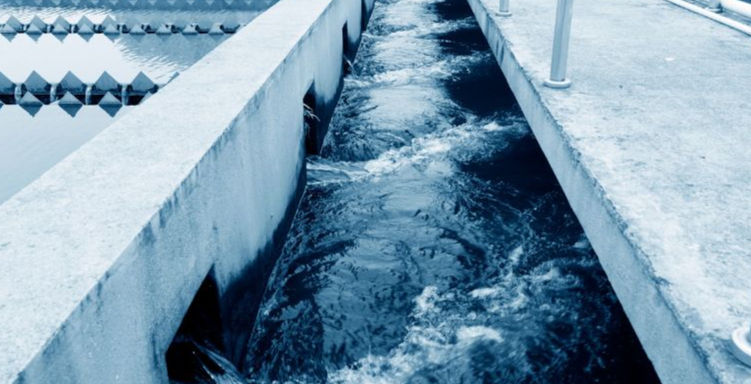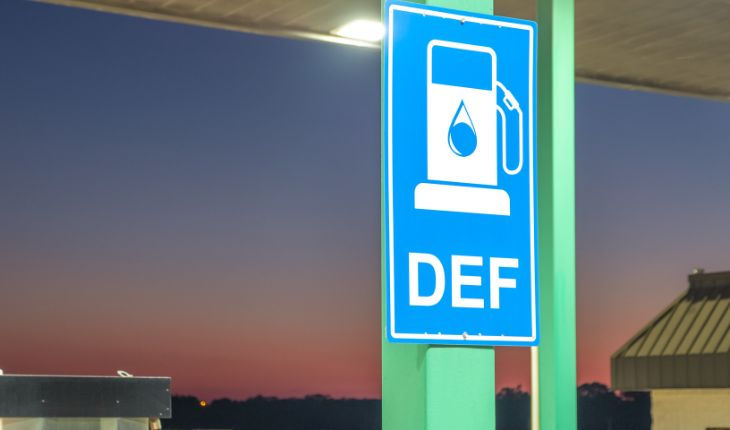Asia Pacific Water Purification & Wastewater Innovation 2034
- Sophia Grace
- Jul 28
- 4 min read
Water is the essence of life, yet in many parts of the world, clean and safe water is no longer a guarantee. Nowhere is this paradox more evident than in the Asia Pacific region—a landscape where rapid urbanization, population growth, and industrial expansion collide with limited water resources. From megacities in China and India to remote island communities in Southeast Asia, the challenge is clear: how do we treat, recycle, and sustain our most precious resource?

As freshwater sources face increasing pressure, water and wastewater treatment have evolved from being mere utilities to becoming critical pillars of environmental stewardship and public health. The future depends not just on access to water, but on our ability to manage wastewater, reuse greywater, and purify contaminated sources effectively and sustainably. In the Asia Pacific, this mission is more than just environmental—it’s a call for innovation, resilience, and responsibility.
Expert Market Research: Driving Change Through Insight
According to Expert Market Research, the rising demand for efficient and sustainable solutions is redefining the Asia Pacific Water and Wastewater Treatment Industry. Urban centers are facing mounting pressure to upgrade aging infrastructure, manage industrial waste discharge, and ensure water quality for their expanding populations. Expert Market Research notes that the market is experiencing significant shifts driven by smart technologies, decentralized systems, and public-private partnerships. With governments increasingly investing in advanced treatment plants and recycling facilities, the region is positioning itself at the forefront of global water sustainability efforts. As awareness grows, so does the drive for cleaner practices—from households to industries, cities to rural communities.
Asia Pacific’s Water Challenge: A Regional Perspective
Each country in the Asia Pacific region brings its own story and urgency when it comes to water treatment. In China, decades of industrialization have left rivers heavily polluted, pushing the government to implement strict policies and advanced treatment mandates. India, with its vast population and unpredictable monsoon patterns, grapples with both scarcity and contamination. Meanwhile, Southeast Asian nations like Vietnam, Thailand, and the Philippines face challenges due to poor infrastructure, rising urban populations, and vulnerability to natural disasters.
In Oceania, particularly in Australia, climate change and prolonged droughts have led to a strong emphasis on water recycling, desalination, and stormwater treatment. Pacific Island nations, often reliant on rainwater harvesting, are adopting compact, energy-efficient treatment technologies suited for small-scale communities. From high-tech innovations in Japan and South Korea to grassroots water management initiatives in Indonesia, the region is a mosaic of needs, ideas, and evolving solutions.
The Intersection of Innovation and Urgency
What makes the water and wastewater treatment movement in the Asia Pacific so unique is the intersection of technological innovation with pressing environmental urgency. Advanced filtration systems, UV disinfection, membrane bioreactors, and AI-powered monitoring tools are being adopted across urban water utilities and industrial plants. These aren’t just upgrades—they’re lifelines in cities where water quality is declining, and demand is surging.
In industrial zones, zero liquid discharge (ZLD) systems are gaining traction, allowing companies to treat and reuse wastewater within their operations, reducing dependence on external water sources. Meanwhile, decentralized treatment systems are proving effective in rural areas where infrastructure is limited. These portable, solar-powered units are empowering villages to clean their own water, bypassing the need for complex pipelines and plants.
Community-Centric Approaches: Water Belongs to Everyone
Beyond tech and infrastructure, the success of any water treatment strategy depends on community involvement. Asia Pacific’s most enduring projects are often those rooted in education and behavior change. When people understand the value of clean water—not just its availability, but its quality—they become active participants in protecting it.
School programs, awareness campaigns, and local NGO partnerships are helping households reduce water waste, use eco-friendly products, and maintain household treatment systems. Cities are creating incentives for rainwater harvesting, while industries are being encouraged to adopt cleaner production processes. It’s not just about top-down governance; it’s about community-level action driven by a shared goal—to protect and preserve what keeps us alive.
Sustainability Beyond the Surface
Water and wastewater treatment isn’t only about health—it’s about sustainability. Poorly treated wastewater pollutes rivers, kills aquatic ecosystems, and leads to long-term economic loss. The Asia Pacific, home to some of the world’s most biodiverse rivers and coastal ecosystems, cannot afford that.
Modern treatment systems are now being designed with circular economy principles in mind—where treated water is reused for agriculture, industrial cooling, or even urban landscaping. Sludge byproducts from wastewater plants are being converted into biogas, fertilizers, and construction materials. This closed-loop approach not only reduces environmental harm but turns waste into a resource.
Water Equity: Reaching the Unreached
One of the region’s greatest challenges lies in equitable access. While metropolitan hubs adopt cutting-edge technologies, millions in peri-urban and rural areas still depend on contaminated wells or untreated sources. Bridging this gap requires more than investment—it demands innovation that is affordable, modular, and scalable.
Startups and social enterprises are stepping up with compact purification units, low-energy filters, and mobile testing kits that allow even the most remote communities to monitor and improve their water quality. It’s a quiet revolution, taking place far from boardrooms and city councils, but with a ripple effect that touches lives every day.
The Road Ahead: A Blueprint for Resilience
The Asia Pacific region is at a turning point. How it treats its water—both literally and metaphorically—will define its health, stability, and progress in the decades to come. Water is no longer a passive resource; it is a strategic asset that demands attention, care, and innovation.
From smart cities to humble farming villages, from polluted rivers to crystal-clear reuse systems, the region’s water journey is filled with both complexity and hope. By embracing technology, empowering communities, and prioritizing sustainability, Asia Pacific is laying the foundation for a future where every drop counts—and every person has access to clean, life-sustaining water.









Comments